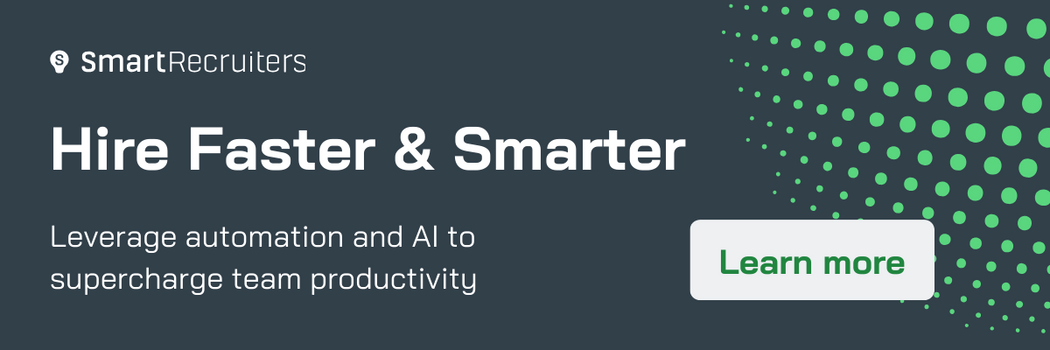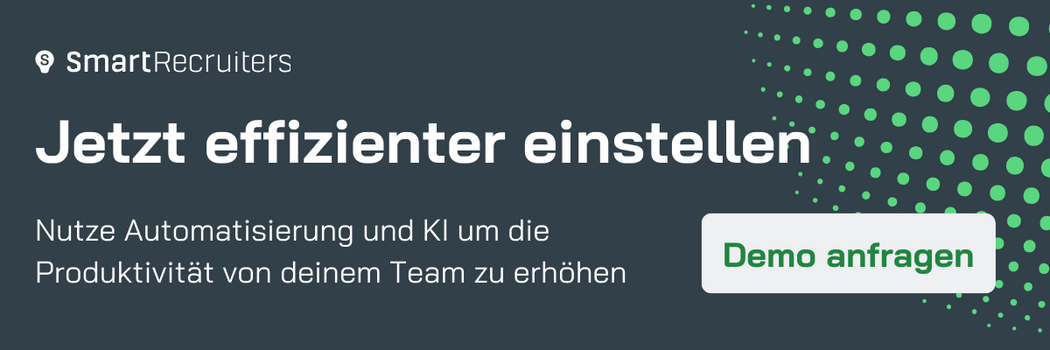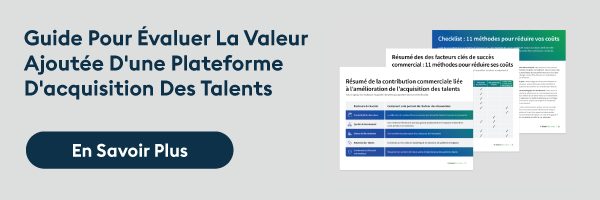A Case for Creating Proactive Recruitment Processes
Each year, I work with approximately 20-25 businesses on revolutionizing their Recruiting Departments. Of course, only 20% of those start out with a call to proactively change the approach within their recruiting program. It usually starts with a frantic push to hire 5 Salespeople, or 6 of something else…and a couple of new recruiters to keep up with the burgeoning workload of requisitions that go far beyond the acceptable time-to-fill metrics they’d set for the department.
It’s all behind the curve, so to speak; because it’s all reacting to something that’s already happened.
In the past, talent acquisition departments and recruitment agencies would focus on filling the needs that were already open. If they were lucky, they’d start with a week or two advance notice. But make no mistake, that’s still reactive recruiting because the need has already been identified and you’re still going to end up racing against a clock to find that ‘next right fit’ in time to appease your hiring managers and keep work flowing smoothly. But with the advantages of social recruiting and good ‘partnered planning’ … is that way of working really necessary in today’s world?
No … at least not entirely.
Look, there will always be an element of reaction in recruiting; as candidates don’t move past the sourcing/prospect phase until there’s a slot to put them. The true ‘fail’ and call out for change comes the failure to chart out a proactive recruitment plan so that those prospective candidates are identified, familiar with your employment brand and receptive to hearing more when you need them. It’s a much more effective recruitment model, too; studies have shown that there are nearly double the amount of qualified applicants for professional positions when recruited proactively vs when ‘reactively’ filled.
So where to start: begin with a solid workforce planning document. When your business units are working out their annual business plan; they should be planning out the people resources needed to make the objectives within those plans. If you’re reading this thinking, “Our business didn’t do that…” – that’s okay, start where you are. Spend some time with your managers going over things like:
- Business Objectives – by quarter, compared against existing people resources; will new additions be required?
- Historical Attrition – this will give you an idea of what naturally needs to be replaced each year
- Any Identified Potential Attrition – due to performance improvement issues, planned promotion, etc..
This should help get you started with an idea of what types and how many of each positions you should plan to fill. From there, you look at your hiring process.
- What elements of your hiring process can be fleshed out in advance? – Determining and doing what can be done in advance will save you time, give reason to begin fostering a relationship with your talent pool/community members and get them jazzed about your company before they continue on in the hiring process.
- How can you use your ATS to aid in this initiative? While this is often the “not fun” step; it’s critical to the mindset shift from proactive to reactive recruiting. For many companies, the ATS is a ‘resume graveyard;’ and candidates not selected for hire are put in to never be seen again. Total missed opportunity. Take the time to go back through already sourced candidates candidates and involve them into your new proactive talent pools/network/communities. There are some really good ATS platforms, like SmartRecruiters, that offer social integration and LinkedIn profiles to build truly robust talent pools and source/communicate socially.
- Do you have a ‘promotion plan’ for your brand? Tweeting out “I have a job” or “Our Company Rocks” isn’t a Talent Marketing plan. Spend some time creating a ‘brand promotion/recruitment social ed cal’ to share brand benefits to prospective candidates along with #learnshare content that would be of interest to your target audience.
 Have you made Recruiting a “Community Affair?” Finally, proactive recruitment extends beyond the HR department. Involve your whole company in the talent identification process and get them involved in your talent communities. Who’s going to be able to spot a top notch developer better than, well… another developer? Who’s going to be able to positively promote your company better than an engaged employee? By including different levels, departments, and employees you can turn a talent pool into a true community; and increase the levels of success in your new, proactive recruiting program.
Have you made Recruiting a “Community Affair?” Finally, proactive recruitment extends beyond the HR department. Involve your whole company in the talent identification process and get them involved in your talent communities. Who’s going to be able to spot a top notch developer better than, well… another developer? Who’s going to be able to positively promote your company better than an engaged employee? By including different levels, departments, and employees you can turn a talent pool into a true community; and increase the levels of success in your new, proactive recruiting program.
Crystal Miller creates great Talent Marketing and Social Recruitment Programs at M3 Talent Consulting in Dallas. As an advocate for proactive social media in recruiting, she works as the Co-Host of #TalentNet weekly Radio Chat on Twitter/Focus w/ Talent Net Live. Crystal believes, “Candidate first.”
Join Us. SmartRecruiters, the free social recruiting platform, is making hiring easy for thousands of businesses.
















